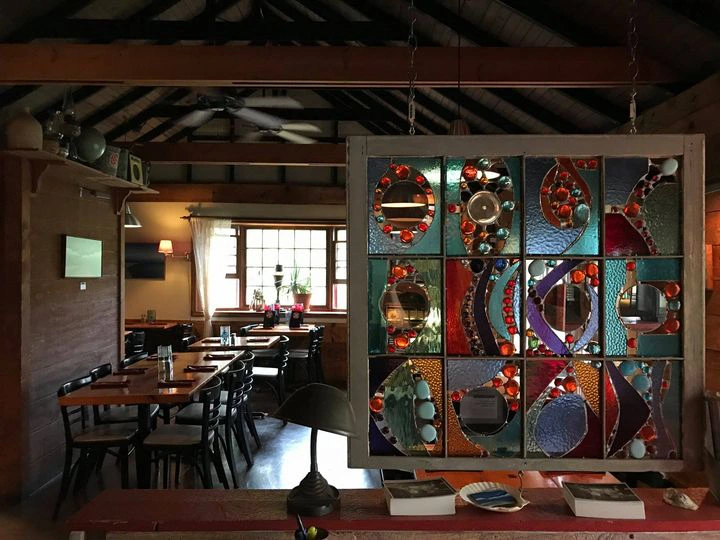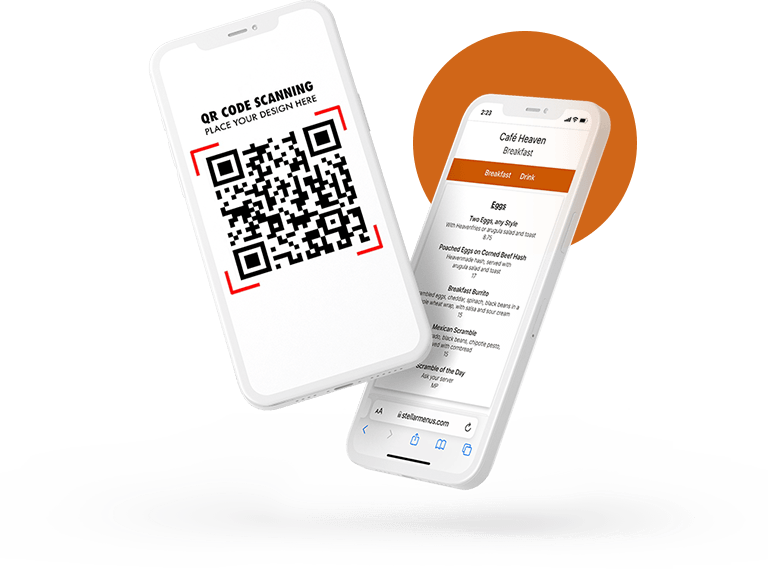by Fred Latasa-Nicks, Executive Chef & Founder
A changing economic landscape is turning the restaurant industry on its head. Rising labor costs and the unpredictable cost of goods make me look at my restaurant menu differently.
Now, more than ever, I look toward balancing the business aspect with the creative side and reaching an achievable, profitable prime cost.
For this post, I’m discussing the cost-of-goods component of prime costs. In my next post, I’ll focus on the other prime component, labor costs.
The cost of goods sold for my restaurant can change monthly if not weekly. Lately, it’s changing upward, forcing me to think harder about how I develop my menu.
Consider proteins. The cost of high-priced proteins fluctuates all the time. For instance, skirt steak, a common menu item, was $15.95 a pound in June 2022; by September, it was $20 and change. That’s almost a $5 difference, which means that over three months, the cost of goods sold—for that item only—increased by 30%.
If you’re not watching your food costs, and if you’re not nimble enough to change your menus in tune with changing prices, suddenly that $10 profit on your dish is now only $5, and you’ve lost 50% of your margin.
Fifty percent of your margin may be flying right out the door.

If you’re not paying attention to pricing, you won’t even know it until the quarterly P&L comes in from the bookkeeper and you see that cost of goods sold as a percentage of revenue has jumped.
It’s a shocker.
You wonder what’s going on… why you’re spending so much money.
That’s when you might start peeling back the onion to see what’s wrong.
Go back to the skirt steak example. If the price of skirt steak jumped by $5, suddenly, you’re making $5 on the dish instead of $10. If you sold 100 of them in a week, you’d be short $2,500.
Losing $2,500 a week translates to losing $10,000 a month.
Those are made-up numbers, but you can see how quickly it adds up.
Changes like those happen every day. Prices are a moving target. If you’re not watching your food costs at least weekly, they can hit you out of the blue.
Bird flu is another example of how price fluctuations hit home. Bird flu wiped out 44 million hens in the US and sent the price of eggs skyrocketing. Here in Provincetown, the price for 12/30 XL eggs went from $65.97 to $91.12—an almost 38% increase for purchasing an egg.
If you run a breakfast place like one of my friends, you’d be in trouble. My friend didn’t know what to do because how much is someone willing to pay for an omelet? And how much are other local places charging? You have to keep the competition in mind as well.
When I worked in technology, we used to ask, “How’d we do this quarter?” In the restaurant business, we must ask, “How did we do today?” Each day, it seems like nickels and dimes are important.

Of course, a one-day price jump won’t ruin your business. But if a week goes by and you lose 38% to 50% of your margin on an item, it will hurt.
Can you update your menu to keep up with changing prices?
Even if you notice that the skirt steak price has skyrocketed, you might not have time to update your menu.
You may have to reprint them. Or replace them if you’re using lamination. And then there’s the website… it’s a whole house of cards.
Here’s the big question: Who’s monitoring your cost of goods sold?
If you’re a single, independently owned restaurant, you won’t have deals and dialogues with meat purveyors like the larger institutions, places like Friday’s and McDonald’s.
You’ll be like me, working through distributors. And there’s no negotiating. You pay the price, whatever it is.
Distributors work across many restaurants, so they don’t have time to follow price changes. They’re not paying attention. My meat supplier isn’t calling me on the weekend to say, “Heads up, Fred; the price of skirt steak is going up five bucks a pound.”
It’s not their job to know that steak went up. Their job is to sell.
There’s no mechanism for the average independent restaurant owner to quickly understand pricing, which means it’s incumbent upon us or our staff to flag changing costs.

But who has the time? Most restaurant owners aren’t in the weeds, looking at ingredient pricing. The bookkeeper or accountant might look, but how often do you talk to them?
And even if you, as the owner, did look at the bills, you might see 15 things on one invoice because the meat purveyor delivers beef, pork, and other meat products. The skirt steak might get buried. With the bacon and everything else, you might not even see it.
Because this happened at my restaurant, I have our bookkeeper proactively track our high-cost proteins and send us a weekly report. Think of the 80-20 rule because, for most dishes, most of the cost sits with a few ingredients. Having our bookkeeper monitor those ingredients allows me to make changes as needed to maintain our margin.
I worry about my peers because I know how busy they are, especially when many are short on labor.
Truth is… the restaurant industry is behind the times when it comes to dealing with price fluctuations.
Other industries, like the airline industry, are leaps and bounds ahead of us. They always change prices based on seasonality, competition, route demand, holiday travel, and fuel costs. The media also comes close with its daypart pricing, which means you’ll pay higher prices for prime time slots.
So how do we do it? How does the restaurant industry deal with the factors driving prime costs? Most full-service restaurants like mine try to keep prime costs under 60%. It’s generally understood that below 60% of sales is good.
The solution: Monitor prices, be nimble, and raise your menu prices as prime costs increase

If you’re not changing prices based on the cost of goods sold, you’re losing money.
Here’s what I recommend:
- Pay attention. Have someone look at your prime costs weekly, whether you do it yourself or have your bookkeeper or partner do it. There are probably 10 high-cost, volatile items you should be watching, like short ribs, tuna, cuts of steak, and even citrus.
- Swap ingredients where you can. If beef jumps from $7.99 to $14.99 a pound in the space of a few weeks, consider swapping out the beef for a less expensive cut. Challenge yourself. Ask how important one ingredient is to another for any one dish.
- Use a tool like Stellar Menus to update your menu prices. I use Stellar Menus in my restaurant Strangers & Saints and can tell you that it’s awesome to easily make real-time changes to the menu—even in the middle of service.
As with most areas in work and life, when your awareness gets turned on, solutions to problems also start coming to light.
Stay tuned for my next post, where I’ll talk more about how I deal with the other component of prime costs—labor.





